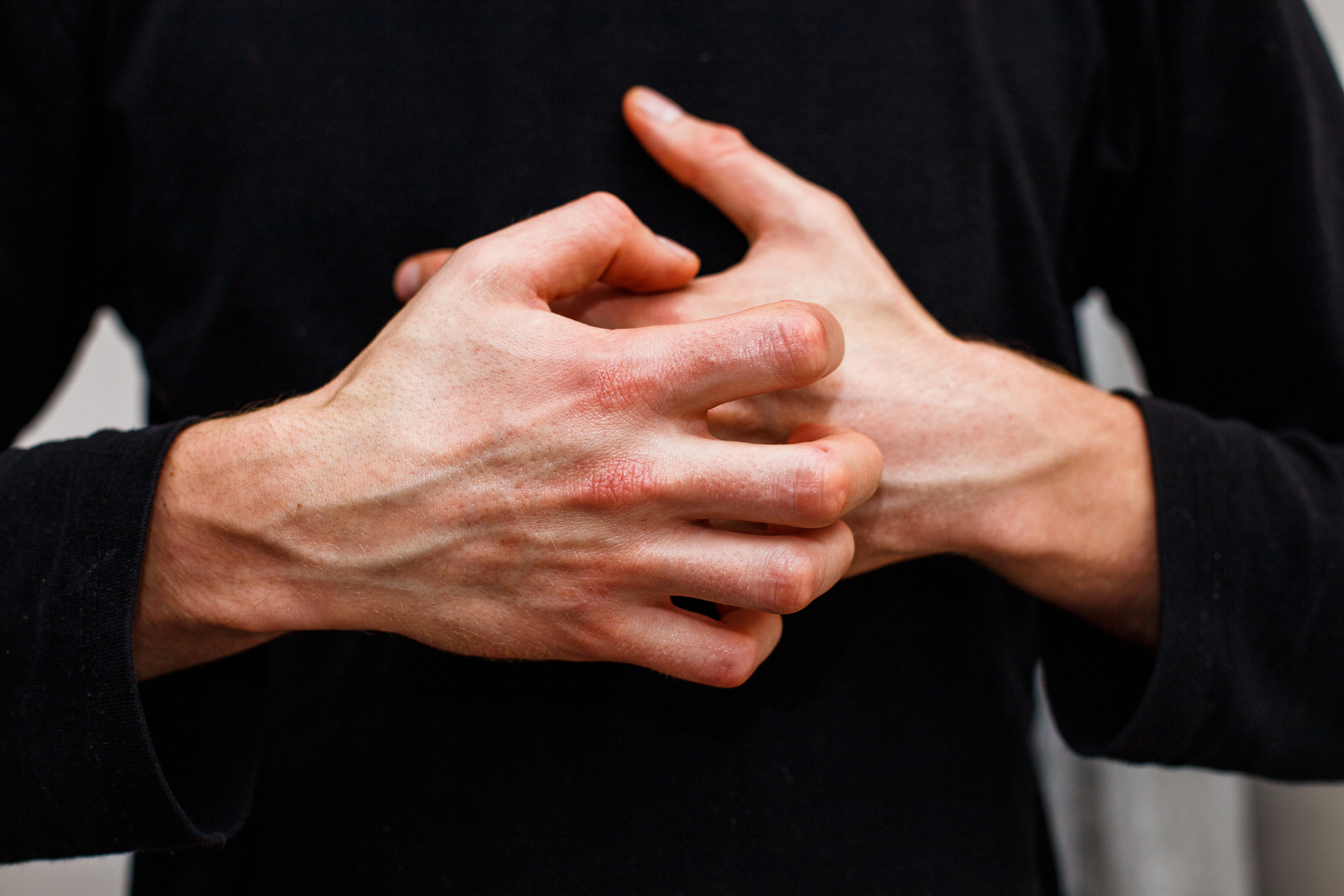Understanding Plaque Psoriasis: A Journey Through the Skin Condition

Plaque psoriasis is a chronic autoimmune condition characterized by the rapid growth of skin cells leading to the development of thick, red, scaly patches on the skin. Affecting millions of people worldwide, it can significantly impact the quality of life of those who suffer from it. Understanding the symptoms, causes, and treatment options for plaque psoriasis is essential for effective management and relief.
Symptoms of Plaque Psoriasis

The most common symptoms of plaque psoriasis include:
- Red Patches of Skin: These are usually covered with thick, silvery-white scales. The patches, known as plaques, can appear anywhere on the body but are most often found on the elbows, knees, scalp, and lower back.
- Dry, Cracked Skin: The affected skin can become dry and may crack and bleed.
- Itching and Burning: Many individuals with plaque psoriasis experience intense itching and burning sensations in the affected areas.
- Thickened Nails: Psoriasis can affect the nails, leading to thickening, pitting, or even separation from the nail bed.
- Joint Pain: Some people with plaque psoriasis develop psoriatic arthritis, which causes joint pain, stiffness, and swelling.
The severity of these symptoms can vary from person to person, with some experiencing only minor irritation and others dealing with extensive plaques and significant discomfort.